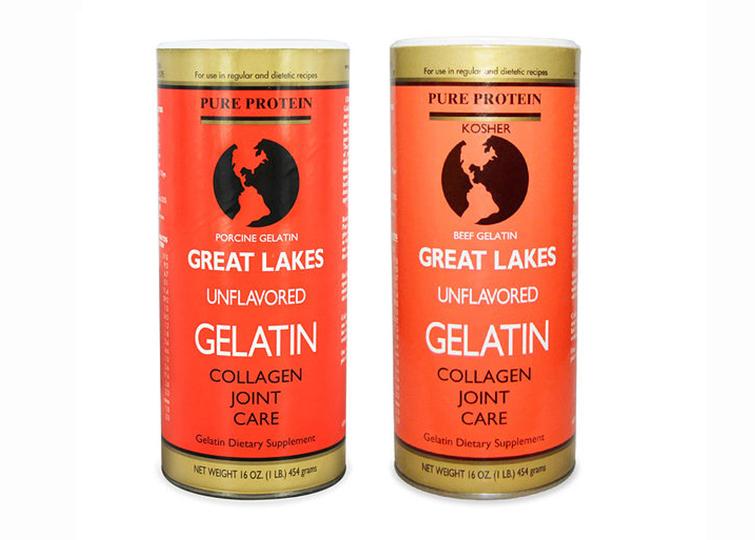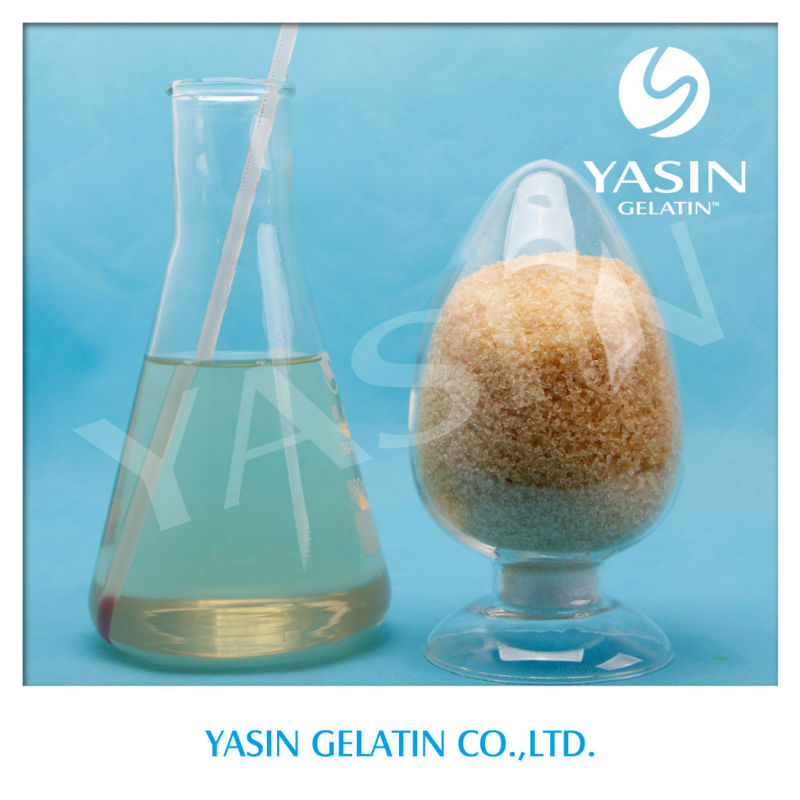

The commonly used polysaccharides, gellan and carrageenan, together with salt, can be added to fish gelatin (FG) to match the textural properties of PG, representing a promising substitute for PG.

Practical Application: Certain people cannot consume any pork product or derivatives for religious reasons, thus it is essential to find a pork gelatin (PG) substitute for food product development. A diagram representing the interaction-structure-physicochemical properties was proposed to explain the differences between the FG-GE and FG-KC gels. These structures and interaction differences between FG-GE and FG-KC influenced the macro-properties of FG, possibly explaining the differences in the modification of the melting temperature of FG. Contrastingly, a segregative FG-GE interaction took place in presence of CaCl 2. The zeta potential and Fourier transform infrared (FTIR) spectroscopy results for the FG-KC gel supported an associative interaction with complex formation, as indicated from the large aggregates and amorphous phase under atomic force microscopy (AFM). To further explore the differences between KC and GE in modifying of FG's structure, the FG-KC and FG-GE gels were compared. Nanoaggregates (diameter between 150 and 300 nm) could be an important structural factor affecting the physicochemical properties, as both PG and GE-modified FG showed a similar frequency distribution in this size group (57.4 ± 1.6% (PG) compared with 56.3 ± 2.2% (modified FG)). The modification increased the FG gel strength from 115 ± 2 to 149 ± 2g (matching the 148 ± 2 of PG), while the T m increased from 27.9 ± 1.0 to 32.4 ± 0.8 ☌ (matching the 33.1 ± 0.3 ☌ of PG). A formulation comprising 5.925% (w/v) FG + 0.025% (w/v) GE + 3mM CaCl 2 best matched the physicochemical properties of PG. Herein, low-acyl gellan (GE), κ-carrageenan (KC), and salts (CaCl 2 or KCl) were combined with a 180 Bloom tilapia FG. Pork gelatin is not suitable for halal and kosher application however, fish gelatin (FG) can be modified for use as a pork gelatin (PG) mimetic. The associative interaction between FG and KC was critical for FG's modification and could be applied to improve FG's rheological properties towards PG. The relationship between structure and physicochemical properties was proposed as a schematic model.

Interestingly, the rheological properties of the mixed gel (KC:FG at 4:96) matched those of PG, including the melting temperature (T m), gelling temperature (T g), dynamic consistency factor (K f), and instantaneous compliance (J 0). The maximum associative interaction occurred at the critical mixing ratio of KC:FG (w/w) at 4:96, where the median particle size (D 50) of the FG-KC coacervates was 1168 ± 175 nm, and the zeta potential was −3.8 ± 0.8 mV. The effects of the mixing ratio between FG and KC on the interaction, structure, and rheological properties of FG were investigated. Atomic force microscopy Confocal laser scanning microscope Rheology Nanostructure A B S T R A C T Fish gelatin (FG) and κ-carrageenan (KC) were mixed to simulate the physicochemical properties of porcine gelatin (PG).


 0 kommentar(er)
0 kommentar(er)
